Has the current Great Licensing Era crested or is it still growing? As The Beat’s Taimur Dar wrote the other day, toys and other licensing items are a ever bigger part of IP farming. And here’s a very interesting story in the NY Times about toy marketing picking up the slack as movie ticket and home entertainment sales decline. The story also singles out WB Consumer Products president Pamela Lifford as one of the movers and shakers there:
Beore Ms. Lifford joined Warner in January 2016, the studio’s merchandising unit in some years had no growth at all. Last year, profit increased 47 percent compared with 2015. Revenue from licensed products — Wonder Woman action figures, Harry Potter iPhone cases, Scooby-Doo pajamas — totaled $6.5 billion, an 8 percent increase.
Ms. Lifford, described by License Global magazine as “savvy, seasoned and supercharged,” credits toy-ready movies that were already in Warner’s pipeline, like the Potter prequel “Fantastic Beasts and Where to Find Them.” Kevin Tsujihara, Warner’s chief executive, credits the way Ms. Lifford came in guns blazing.
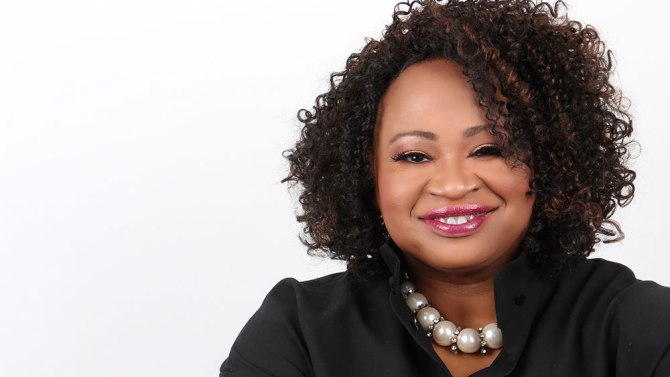
It seems that Lifford may have been one of the driving forces behind the immensely successful and groundbreaking DC Super Hero Girls initiative:
Ms. Lifford sees particular promise in grouping together female DC Comics characters like Wonder Woman, Supergirl, Harley Quinn and Poison Ivy. “I think we can rival princesses with that one,” referring to Disney Princess, a line that annually generates more than $4 billion in sales.
“We love Pam’s hands-on approach and openness to new ideas,” said Cindy Levitt, senior vice president for merchandise and marketing at Hot Topic, the shopping mall mainstay. “Warner used to have a very traditional approach, and she has really shaken things up.”
But don’t cry for Disney, the #1 licensor in the world: operating income from consumer products doubled over the last five years, from $1 billion to $2 billion. And Disney themed products retail sales totaled $56.6 billion in 2016.
This is a lot of money we’re talking about.
It’s worth noting that Lifford is the highest ranking African-American executive at Warner Bros.; so if you’re wondering why hiring different kinds of people from different backgrounds is a good idea, this is why.
Also, Lifford was one of three African-American women who got squeezed out of Disney a few years ago, and sued Disney for discrimination, claiming Ike Perlmutter had unjustly fired them. All three settled, but just so you know.


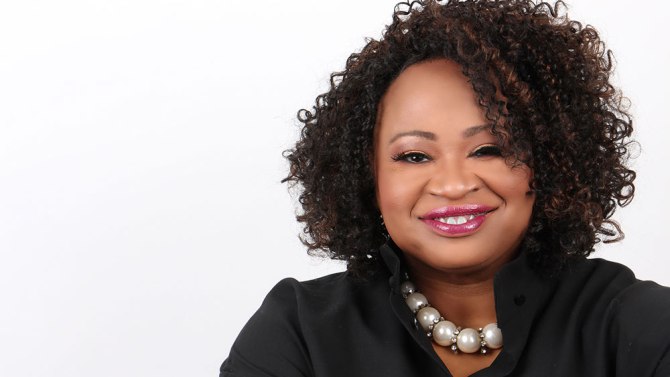
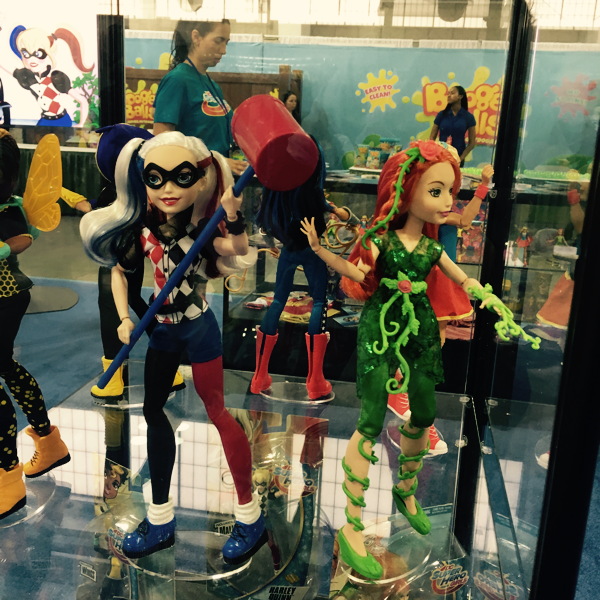
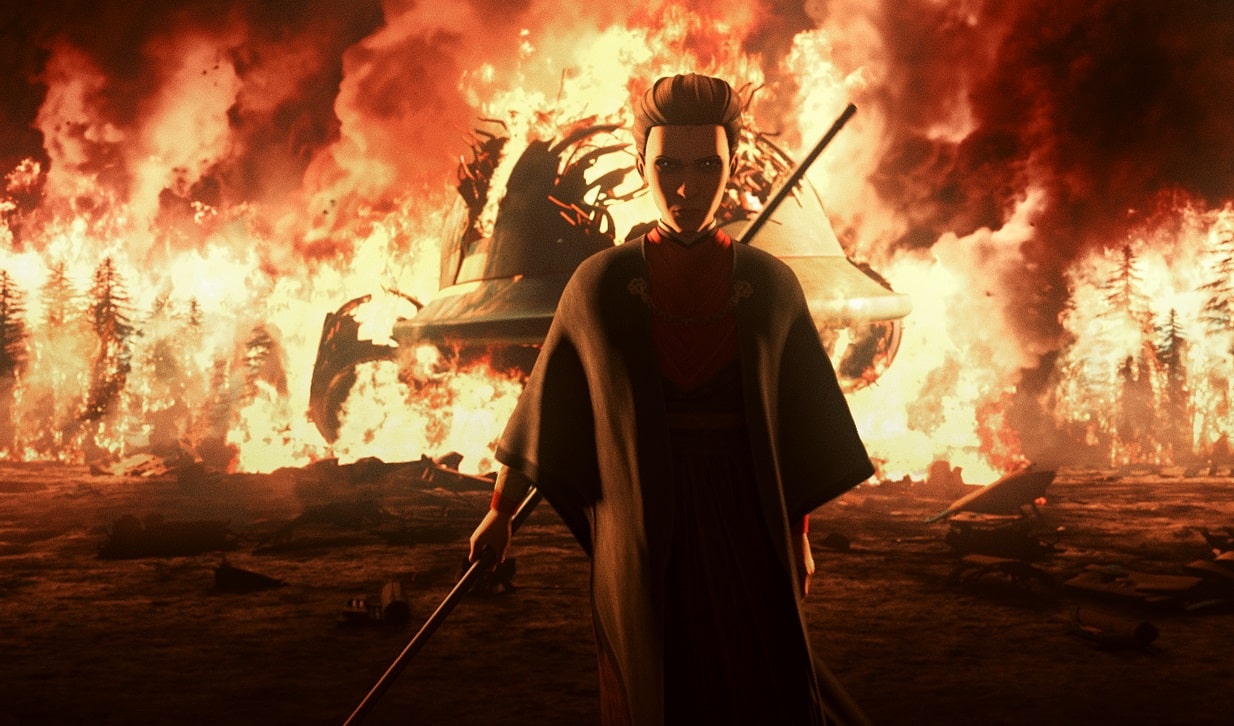
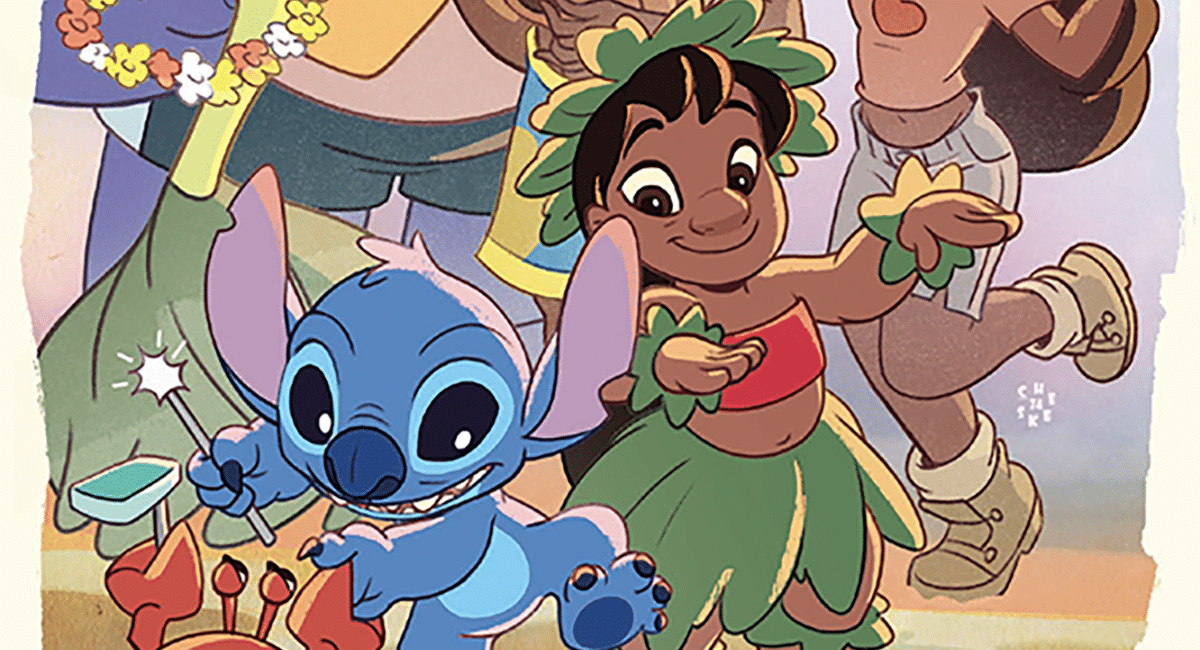
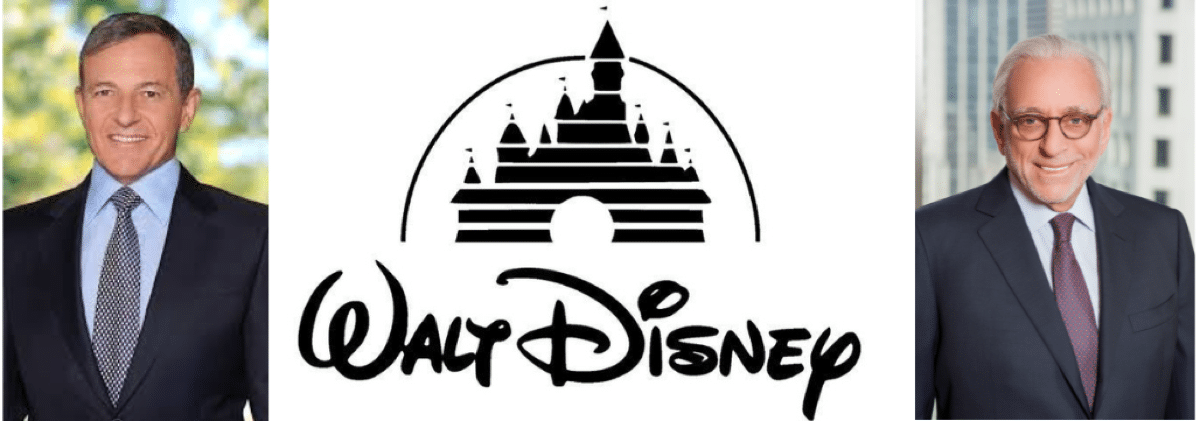

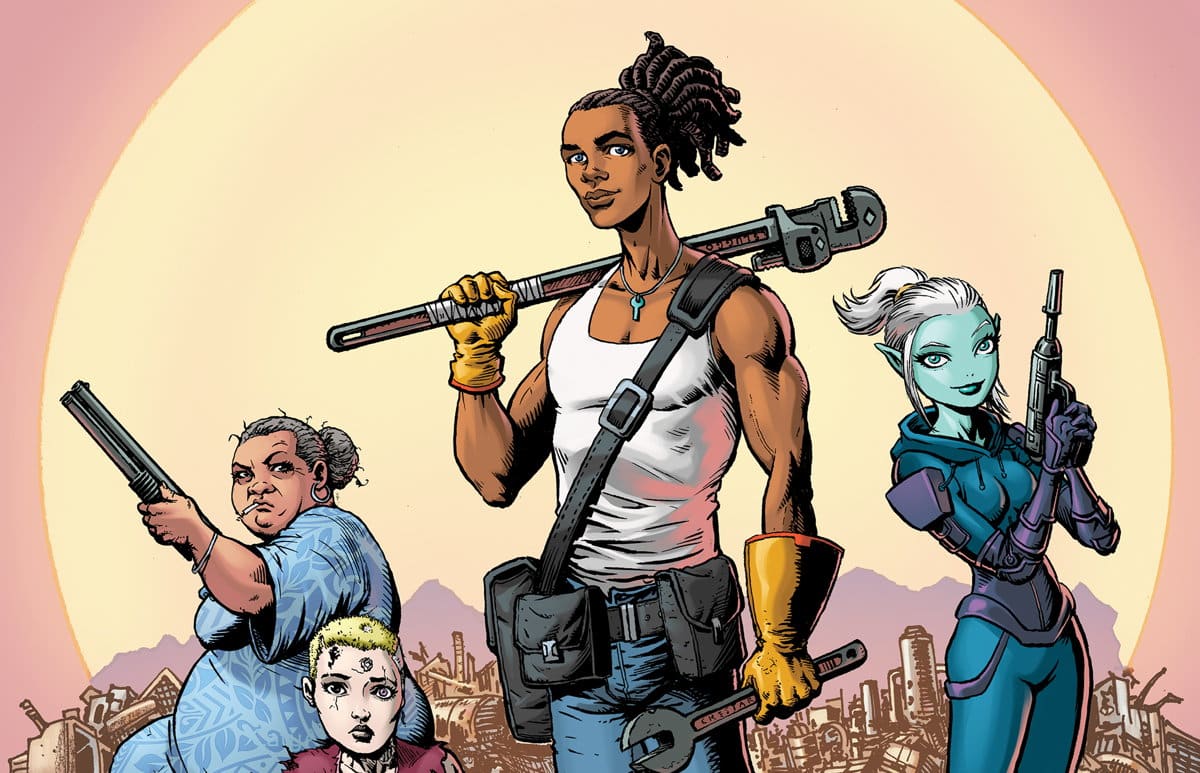


She’s not marketing these brands of toys to little kids instead of collectors, is she? The idea of having some of them rival the Disney Princesses (brands which are definitely marketed to little kids!) is worrying.
That would definitely be asking their parents to think of these brands as stuff for kids, and to then complain when they find out the books marketed under these same brands are only for adults…
Comments are closed.